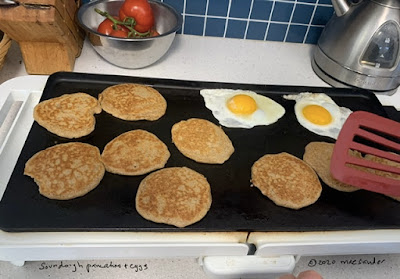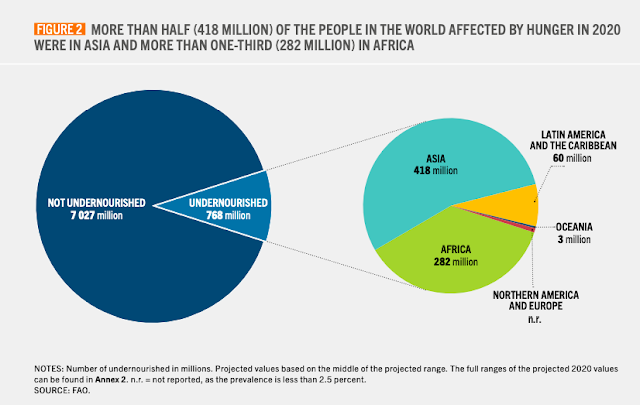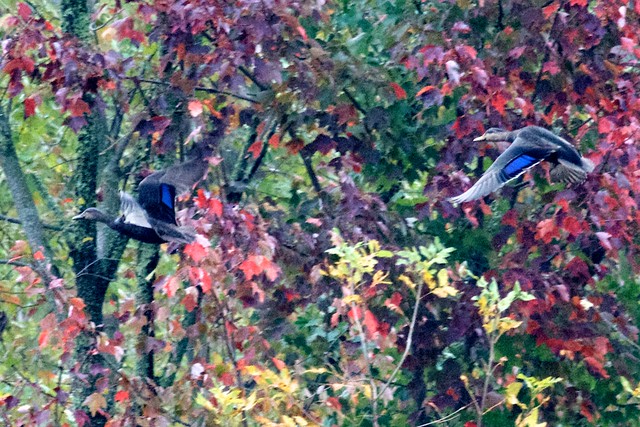 |
The 2011 edition of Vibration Cooking or The Travel Notes of a Geechee Girl
by Vertamae Smart-Grosvenor (1937-2016). |
In 1970, Vertamae Smart-Grosvenor was a stay-at-home mom. She needed money, couldn't work as an actress or doing other things she'd tried. So she decided to write a cookbook. This was a nervy choice for a black woman back then: not many black people had written and published cookbooks. The book begins:
"In reading lots and lots of cookbooks written by white folks it occurred to me that people very casually say Spanish rice, French fries, Italian spaghetti, Chinese cabbage, Mexican beans, Swedish meatballs, Danish pastry, English muffins and Swiss cheese. And with the exception of black bottom pie ..., there is no reference to black people’s contribution to the culinary arts. White folks act like they invented food and like there is some weird mystique surrounding it—something that only Julia and Jim can get to. There is no mystique. Food is food. Everybody eats!
"And when I cook, I never measure or weigh anything. I cook by vibration. I can tell by the look and smell of it. Most of the ingredients in this book are approximate. Some of the recipes that people gave me list the amounts, but for my part, I just do it by vibration. Different strokes for different folks. Do your thing your way.
"The amount of salt and pepper you want to use is your business. I don’t like to get in people’s business. I have made everything in here and found everything to be everything and everything came out very together. If you have any trouble, I would suggest that you check out your kitchen vibrations." (p. 1)
In 1970, a cookbook combined with a memoir was a very original idea. I don't know how I've been missing out on reading this now-classic book for so long, but when I finally read it this week, fifty years late, I still find it completely original. The author has a very imaginative way of describing her experiences in South Carolina, Philadelphia, New York, Paris, and other places where she lived, ate, cooked, and worked. Her recipes are highly original (even when based on traditions) and they conform to her description of cooking by "vibration" -- not much more than a list of ingredients and a bit of method. Vibration is her way whether she's making a traditional recipe that she learned in France or one that originates with her family in South Carolina.
In The Jemima Code: Two Centuries of African American Cookbooks, Toni Tipton-Martin, who searched out every American black-authored cookbook in existence, lists six of them that were published in 1970, of which at least one was a fundraising cookbook. Four of them had the word "soul" in the title. Vibration Cooking definitely had a different viewpoint; Tipton-Martin points out that Vertamae Smart-Grosvenor "believed in a universal and globally diverse kitchen: any dish from any country, composed of any ingredients, could be soulful," (The Jemima Code, published 2015, p. 104)
A few passages of Vibration Cooking capture the spirit of fun, mischief, self-awareness, social consciousness, and overall food savvy that make me love this book:
"In Paris I used to eat what they called crepes—a thin pancake. They are very good but I don’t make them. ... As for pancakes—go and use Aunt Jemima and they always come out right. ... I never had any success trying to make pancake batter from scratch. Raymond St. Jacques made breakfast for Billie Smith and me a few years ago and he made the most delicious pancakes. Raymond used to live at Twenty-ninth and Park Avenue South on the top floor of the house that used to belong to the 'Girl on the Red Velvet Swing.' The house is gone and there is a parking lot there now but every time I go by I think of those wonderful …
"PANCAKES SMITH ST. JACQUES [recipe follows] " (p. 16-17)
***
"TERRAPINS
"Ain’t nothing but swamp turtles. They used to be plentiful on the eastern seaboard. So plentiful that plantation owners gave them to their slaves. Now they are the rare discovery of so-called gore-mays. White folks always discovering something … after we give it up. " (p. 41).
***
"I Love Dinner Parties
"I love. I love a lot of people, places and things. I love my tribe and my friends.
"I love couscous, watermelon, getting up early in the morning, preachers, rivers, music, presents, persimmons, paris, purple, pottery, sun ra, sardines and grits, cherokees, robert, paul laurence dunbar, puerto ricans, sassafras tea, kane, the mediterranean, lace curtains, bustelo coffee, children, getting letters, turnip greens, silver and. …" (p. 103).
***
"I got a friend who won’t eat no white bread, drink white milk, won’t use no white flour or white pepper. She only uses black pepper, drinks only blackberry wine, black coffee, chocolate milk, eats chocolate cake, black beans, black bread. She says it is because she is so fed up with black being used in a negative sense, that is to say blackheads, blackball, black list, black out, the black plague, blackhearted. Last time I was at her house she made a delicious
"STEAK WITH BEAUTIFUL BLACK SAUCE
"Sprinkle the sides of each steak with ground pepper. Let stand for 1 hour. Brush your black skillet with beef suet and heat the skillet. Cook the steaks to your desire and remove steaks to a platter and add butter to the skillet and cook butter until it almost is black. Pour butter over the steaks and serve." (p. 112).
Read this book! (If you didn't already read it.) But when you do, I strongly suggest that you skip the introduction by Psyche Williams-Forson! It cannibalizes Smart-Grosvenor's writing, which is much better if you read it in the original context. And don't be misled by critics who focus solely on the ethnic aspects of the book: it contains much more than that.
Review © 2022 mae sander.






















































